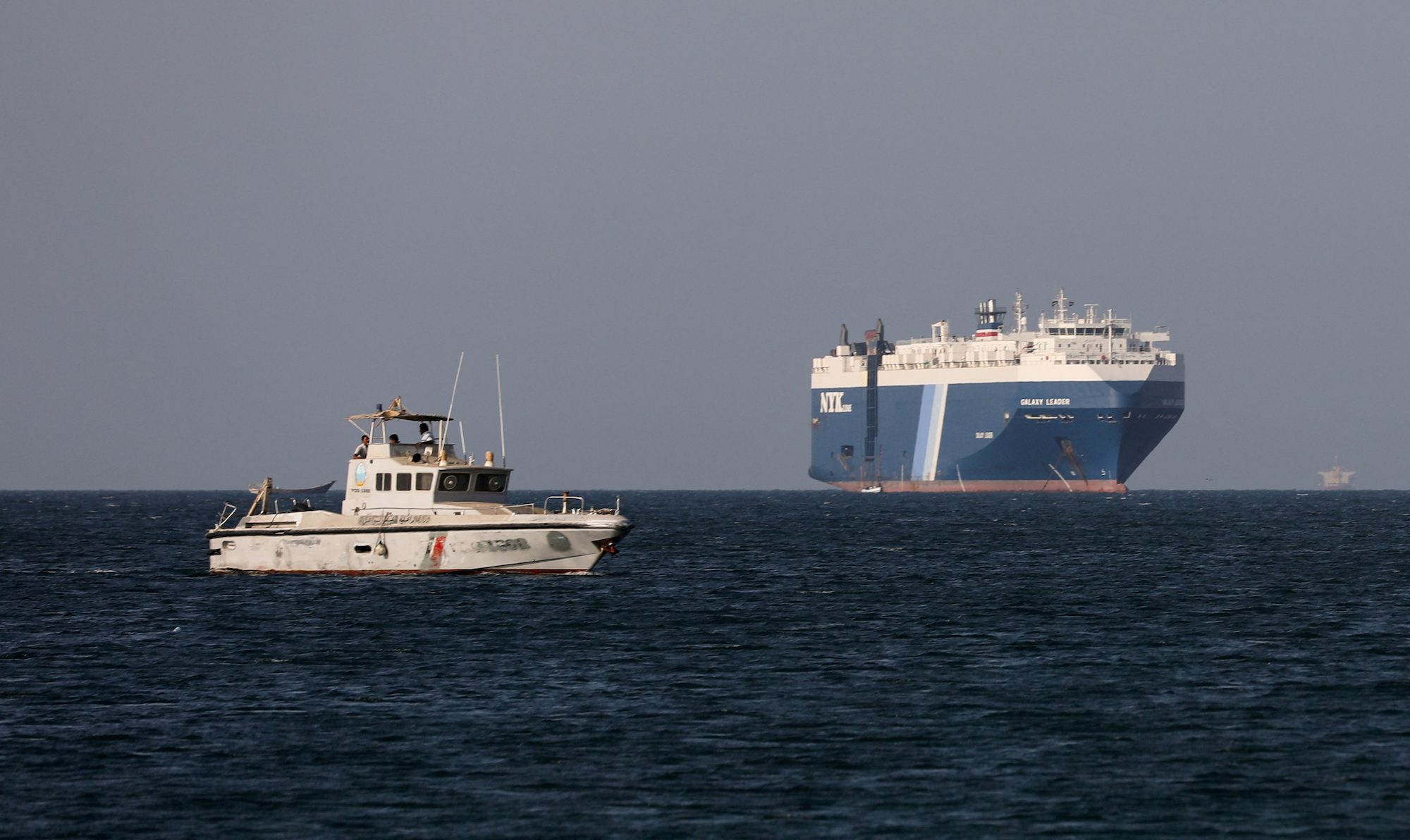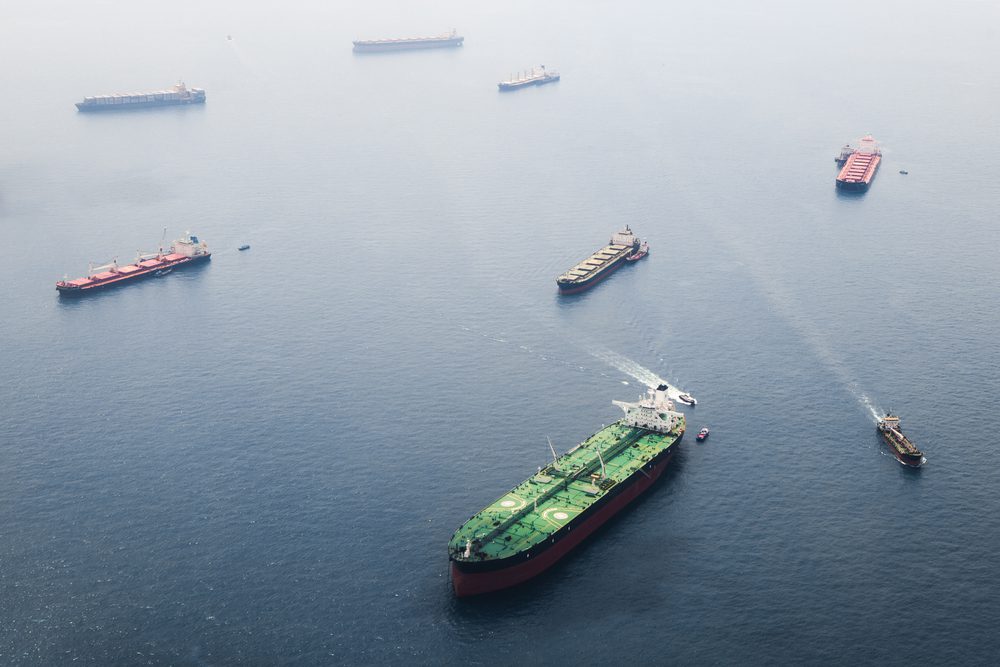By Jonathan Saul
LONDON, Dec 12 (Reuters) – The cost of shipping goods through the Red Sea is rising as Yemen’s Houthis step up attacks on ships they deem connected to Israel with fears of a spillover that could disrupt global supplies sailing through the region, industry sources said.
Yemen’s Houthis said on Tuesday they hit a Norwegian commercial tanker with a missile in their latest protest against Israel’s invasion of Gaza, underlining the risks of a conflict that has shaken the Middle East.
Around 23,000 ships pass through the narrow Bab al-Mandab Strait connecting the Red Sea and the Gulf of Aden, which “eases targeting and attack options,” said Duncan Potts, a former vice admiral with Britain’s RoyalNavy and a previous maritime security commander in the Gulf.
“These attacks have the potential to become far more of a global strategic economic threat than simply a regional geopolitical one,” added Potts, who is now a director with Universal Defence and Security Solutions consultancy.
The London insurance market has listed the southern Red Sea among its high risk areas and ships need to notify their insurers when sailing through such areas and also pay an additional premium typically for a seven-day cover period.
War risk premiums have risen this week to between 0.1%-0.15% to 0.2% of the value of a ship, from 0.07% last week, according to market estimates on Tuesday. While various discounts would be applied, this still translates into tens of thousands of dollars of additional costs for a seven-day voyage.
“The latest incident represents a further degree of instability facing commercial operators within the Red Sea which is likely to continue to see heightened rates across the short to medium term,” said Munro Anderson, head of operations at marine war risk specialist Vessel Protect, part of insurer Pen Underwriting.
Average daily rates for supertankers, which can carry a maximum of 2 million barrels of crude, have risen to over $60,000 a day versus around $40,000 a day last month, according to estimates from shipbroker Braemar.
ALTERNATIVE ROUTES
Some shipping companies have already opted to re-route their ships via the Cape of Good Hope away from the Red Sea, adding journey times and additional costs.
“This appears to be the first attack at night, which shows a new capability (by the Houthis),” one maritime security source said.
Israel’s southern port of Ashdod, one of the country’s key terminals, said the Houthi attacks were a direct threat to Israel’s maritime trade.
U.S. President Joe Biden’s national security adviser Jake Sullivan said on Dec. 4 that talks were ongoing about a maritime task force “of sorts” to ensure the safe passage of ships in the Red Sea.
Commercial shipping should never be “a collateral victim of geopolitical conflicts,” Kitack Lim, secretary-general of the UN’s shipping agency, said on Tuesday, adding that he urged member countries to work together to ensure “unhindered and safe global navigation.”
(Reporting by Jonathan Saul; Editing by Sharon Singleton)
(c) Copyright Thomson Reuters 2023.

 Join The Club
Join The Club












